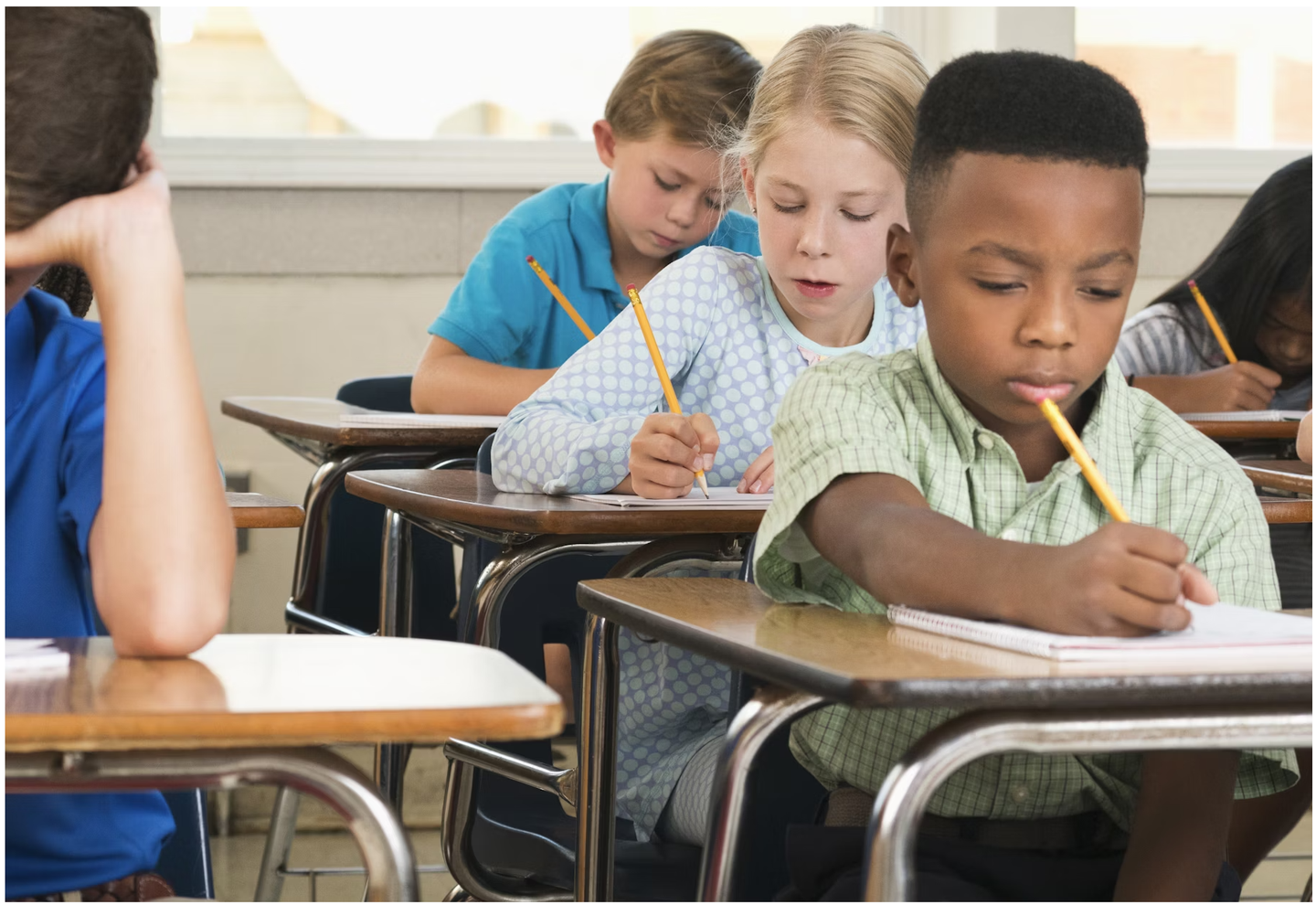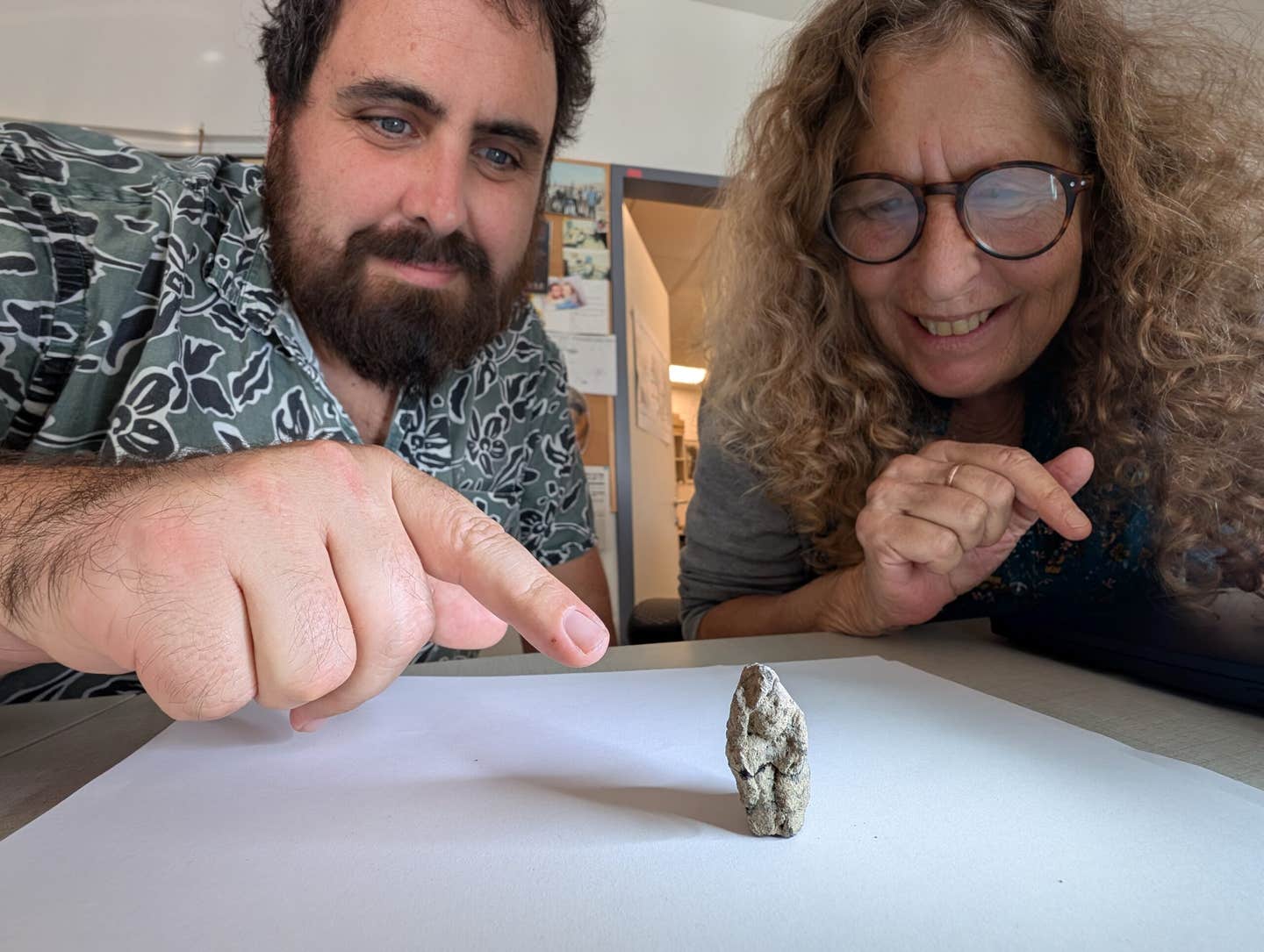American grading system is failing students and jeopardizing the future of education
Traditional grades harm students’ mental health and deepen inequities. Josh Eyler’s book explores solutions for a better educational future.

In the United States, more than 70% of high school students cite anxiety and depression as major concerns. (CREDIT: CC BY-SA 3.0)
The traditional grading system in America is under scrutiny for its detrimental effects on students, and its long-term consequences on the education system.
In his new book, Failing Our Future: How Grades Harm Students, and What We Can Do About It, Josh Eyler, director of the Center for Excellence in Teaching and Learning at the University of Mississippi, argues that grades not only contribute to rising levels of anxiety but also magnify deep-seated inequities in the educational system.
Eyler’s work explores how grades reinforce harmful practices in education, exacerbating issues for both students and parents. He also addresses how grades contribute to the growing mental health crisis among young people.
In the United States, more than 70% of high school students cite anxiety and depression as major concerns, and suicide ranks as the third leading cause of death among those aged 14-18. While the COVID-19 pandemic may have worsened this crisis, the roots of these problems extend well beyond recent years.
Emily Pitts Donahoe, associate director of instructional support at the University of Mississippi’s teaching center, echoes Eyler’s concerns. “We've also known for a long time that mental health among students is bad and getting worse,” she notes. “We think a lot about ways to help students deal with academic stress, but we don't always think about how to get to the root of those problems and actually mitigate some of the practices that are causing that stress.”
The heart of Eyler’s argument is that traditional grading not only causes emotional harm but perpetuates inequity in education. Students from well-funded schools—typically in wealthier areas—benefit from smaller class sizes, better resources, and more access to tutoring.
As a result, these students often achieve higher grades, which in turn opens doors to more opportunities like college admissions and scholarships. Meanwhile, students from underfunded schools struggle with fewer teachers, outdated textbooks, and fewer opportunities to thrive academically.
Related Stories
“There have been inequities that have been baked into the fabric of American education from its founding,” Eyler points out. Wealthy, predominantly white communities have historically received more state and local funding, while marginalized groups have been left behind.
This disparity doesn’t just affect current school performance, but also shapes students’ futures. “What does that mean in the long term for the schools with fewer resources? Fewer textbooks, higher teacher turnover and fewer educational opportunities for students.”
In this system, grades become less a measure of a student’s intellect or potential and more a reflection of the advantages—or lack thereof—they’ve been given. Eyler explains that poor grades often result from inequitable educational backgrounds, not from a lack of talent or capability. “The issue is those low grades shut doors when those students could potentially have succeeded in any number of ways.”
Eyler also emphasizes that grades stifle students’ intrinsic motivation—the natural curiosity that drives deeper, more meaningful learning. “Intrinsic motivation is what is necessary for deep learning to happen,” he says. “People need to want to learn for their own sake. They need to be interested, curious about all those things in order to learn in a meaningful way.”
However, grades function as extrinsic motivators, pushing students to seek external rewards rather than genuine understanding. Eyler criticizes how grading systems often force students to memorize information for tests, rather than encouraging them to engage with material creatively or critically. Instead of fostering innovation or risk-taking, grading tends to reward compliance and rote memorization.
This culture of grades, Eyler argues, can turn education into a race for higher numbers rather than an exploration of ideas. When students prioritize grades over curiosity, they miss opportunities for deeper, more meaningful learning. Rather than focusing on building skills or cultivating a passion for knowledge, students often focus on the narrow goal of passing exams.
Fortunately, change is possible, and some educators are exploring alternatives. Eyler and Donahoe are among those practicing alternative grading methods that shift the focus away from points and percentages. By doing so, they aim to help students rediscover their love of learning while alleviating some of the stress and inequities associated with traditional grading.
The key to transforming the education system, Donahoe says, starts with a broad understanding of the problem. While individual educators can make changes to their grading systems, true change requires a collective effort. “Systemic change, it requires the cooperation of parents, administrators, K-12 teachers, higher ed teachers, even employers and graduate schools. It requires a lot of people,” she explains.
She stresses the importance of Eyler’s book in opening up the conversation about grades and their impact on students. “That’s why Josh's book is important, because it puts all of those different pieces in conversation with each other,” she says.
As schools and universities begin to reconsider the role of grades, Eyler’s work may serve as a guide for creating a more equitable, student-centered approach to learning.
Note: Materials provided above by The Brighter Side of News. Content may be edited for style and length.
Like these kind of feel good stories? Get The Brighter Side of News' newsletter.



